In the late 1920s, crops had improved and farmers were receiving better prices by marketing their grain through the Saskatchewan Wheat Pool. The 1930s were ushered in with stock market crashes in the fall of 1929. The world-wide demand for wheat dropped, causing a drastic fall in the selling price and stockpiles of grain accumulated. […] Read more
Tag Archives WP100
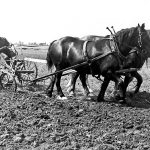
Look back at the Sept. 24, 1931 issue
There were no glaring headlines in the Sept. 24, 1931, issue of The Western Producer to indicate that the Prairies were in the grips of the Dirty Thirties and the Great Depression, but the signs were there. There were stories about financial developments, both international and domestic, as well as articles about currency, banks and […] Read more
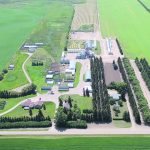
Wheat Country film highlights the prairie gamble
A film made six decades ago that featured farmers as the actors in a fictional but true-to-life story is being streamed online for the 100th anniversary of The Western Producer. Wheat Country focused on Lloyd and Thelma Smith and their sons Allan, Murray and Barrie as they hurried to get their crop harvested before a […] Read more
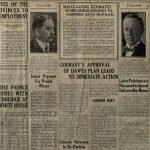
Look back at the Sept. 12, 1929 issue
I’ve marvelled at how many stories the editors of The Western Producer managed to cram onto their front pages 100 years ago. However, they deviated from that trend in the Sept. 12, 1929, issue when they ran only four stories. It was a big news week in Saskatchewan. One of the front page stories was […] Read more
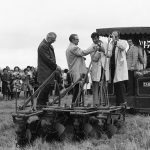
Western Development Museum tracks farming’s history
The Western Development Museum might not be as old as The Western Producer, but it’s getting up there. While the Producer was documenting the progress made in prairie agriculture, the Saskatchewan museum was doing the same but with physical objects. Here is a quick look at how this provincial icon developed over more than 70 […] Read more
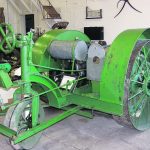
Horses to horsepower
Inflated claims by early tractor manufacturers prompted the development of a standardized power measurement
I want to ask you a question. How much has the type of agricultural equipment available to you, determined how you farm? How much did the type of machinery available to your father or grandfather influence the way they farmed? Obviously, the kind of equipment available to farmers has changed a lot over the decades, […] Read more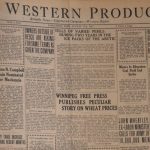
Look back at the Aug. 27, 1925, issue
For the next year, this column will mark The Western Producer’s 100th anniversary by taking a deep dive every week into a past issue of the paper. Forgive this old newspaperman’s obsession with the lack of art on the front pages of the early Western Producers — you might be hearing more about it in […] Read more

Farm women’s labour sustained their families in the 1920s
On prairie farms in the 1920s, crop failures, poor crop prices and farm debt payments resulted in little cash income. To become more self-sufficient, farmers were encouraged to broaden their farm production from one or two grain crops by adding livestock, pigs, chickens and a cow or two. The planting of shelterbelts, fruit bushes, orchards […] Read more

Take a walk through The Western Producer’s century of history
Well, we’re 100! Sadly we won’t be receiving a letter of birthday regards from the Queen, but perhaps King Charles will recognize our century of service to Western Canadian farmers. Founded in late August 1923 (named The Progressive for a year) we have grown and suffered and been buffeted and evolved as have the millions […] Read more

Western Producer marks 100 years
The newspaper looks back at a century of providing prairie farmers a voice in the Canadian agriculture industry and serving as an educational platform for the entire family
It was an emergency. The founders of this newspaper were deeply involved in a debate that roiled the farm population in summer 1923: should a co-operative pool be formed to market farmers’ wheat? Saskatchewan Co-operative Wheat Producers Ltd., what became Saskatchewan Wheat Pool, had until the end of Sept. 12 to persuade farmers with 50 […] Read more





